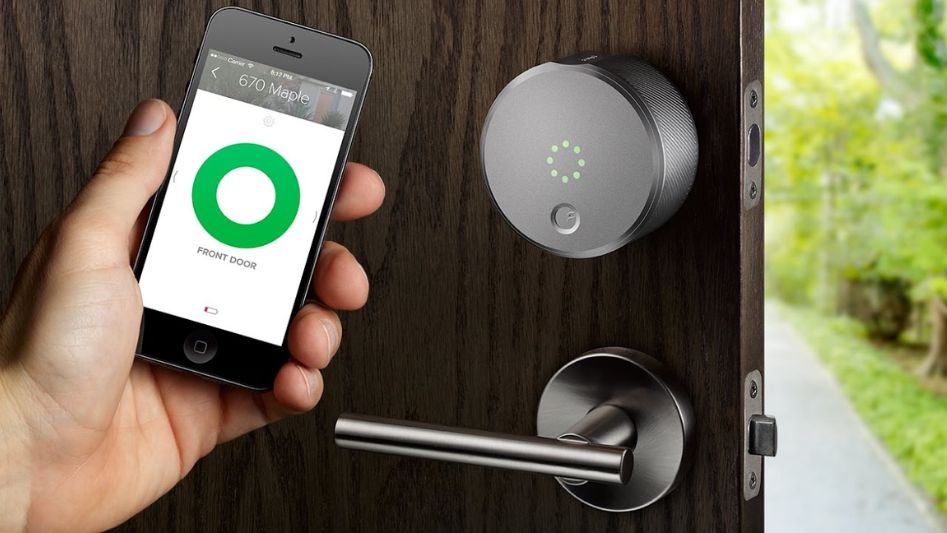Since IoT devices are on the rise—but they also present unique security risks, including vulnerabilities that attackers can exploit and how to minimize.
Well, the Internet of Things (IoT) is a new technology that is growing rapidly across the world. It is a network of different devices that work together to create a new system. For example, the smart home combines various devices like speakers, lights, door locks, thermostats, etc., which work together to complete a certain task.
Yet, it is a great way of keeping track of the family, home appliances, and various things around the house. But this is not all, it is also a platform that is used for different purposes like controlling your home appliances or even controlling your home security systems. So, it has become a crucial part of our life. But, it is also a vulnerable platform that hackers can attack.
I will discuss the most common IoT threats, ways to protect against them, and solutions to mitigate them. So, in this article, we will discuss the top 5 IoT security threats and the best ways to secure your devices. Let’s have a look:
Table of Contents:
We invite you to read: “THE FUTURE OF SMART HOMES: PREDICTIONS FOR IOT IN THE HOME”

IoT Security Threats & Protection Techniques
Though, the Internet of Things (IoT) is an emerging technology that connects devices to the Internet. IoT provides a new generation of smart devices that will be integrated into our daily lives, allowing us to do everything we can imagine.
Yet, the most obvious risk is theft because IoT devices will be connected to the Internet, but they can be controlled through any device that can connect to the Internet. However, it is not only the threat of physical theft that you should consider when you own a connected device.
1. Malware
Malware is a common threat that can compromise your user’s privacy and personal data. The most popular malware is ransomware, which is a type of virus that infects a computer and attempts to encrypt files. Once it has encrypted the files, the attacker demands a ransom to decrypt them and release the victim from the attack.
Well, malware is usually spread through emails, attachments, links, or downloads. It can also be spread through infected websites or malicious advertisements. Some of the most common examples of malware are viruses, spyware, rootkits, trojans, backdoors, and worms.
Similarly, there are several different types of malware. Viruses infect your computer without your knowledge, and once it gets inside, it attempts to replicate themselves and spread to other computers. Spyware monitors your activities on your computer and sends information about your browsing habits, banking information, and even your online shopping preferences back to the developer.
2. Phishing
Another common threat to the IoT is phishing. Phishing is gaining access to a user’s information by sending them a fake email or SMS. It is a form of social engineering and is often used to steal sensitive data.
Eventually, phishing is a common tactic for hackers to target the IoT. It is often disguised as a legitimate email from a bank or credit card company. Hackers often send phishing emails through trusted sources, such as family members or friends.
Though, the goal of phishing is to trick a person into giving up their personal information. Hackers can use personal information to commit fraud. Once they have the information, they can create fake accounts and use them to make fraudulent purchases.
We invite you to read: “HOW TO CREATE AN IOT SECURITY CAMERA USING ESP32”

3. Insecure Configuration
Moreover, the next IoT security threat is insecure configuration. If your device is configured properly, you will avoid problems when you connect to the Internet.
Yet, if the device is not configured correctly, it can lead to several other problems. For instance, if you configure a web camera on your computer and then turn it on, you can see yourself on your screen. But if the webcam is not connected to a network, then you won’t be able to see yourself. You should always check whether the configuration of your IoT device is secure before you connect it to the Internet.
4. Lack of Adequate Security
Further, the next IoT security threat is the lack of adequate security. For example, you may configure your device to connect to the Internet through a Wi-Fi connection, but you don’t have the password to access the device.
Hence, if you don’t have the password, then you will not be able to access the device. This will happen when you forget your password. So, you should always keep track of the devices that are connected to your network and change the password.
5. Denial of Service
Additionally, denial of service attacks is one of the biggest concerns in the business world. This attack occurs when a hacker sends a message to a specific website, which makes the site stop working and thus denies its users from accessing it.
We invite you to read: “THE TOP 10 BENEFITS OF IOT IN THE WORKPLACE”

Conclusion
In conclusion, It is important to have a proper understanding of IoT security threats. If you want to keep your personal and business data safe, then you need to update your knowledge on how to protect your device from these threats. You can also use VPN when you’re using public Wifi to protect the data.
FAQ
What is IoT?
Internet of Things is a term that describes the network of physical objects, vehicles, buildings, and other items embedded with electronics, software, sensors, and connectivity that enables these objects to collect and exchange data.
What are IoT security threats?
IoT devices have many security vulnerabilities because they are not designed to be secure. Many different types of attacks can be used against IoT devices. For example, hackers may use social engineering to get people to give them their login credentials.
What are the top 5 IoT security threats?
According to a report by Research, the number of IoT devices connected to the Internet has increased by more than 1 billion in the last three years. These devices can be used for malicious purposes, such as stealing personal information or conducting online fraud.
How can I protect my IoT devices from these threats?
There are several things you can do to protect your devices from these threats. For example, you can use a password manager to help you create strong passwords. You can also use a VPN service to encrypt your data before it travels across the Internet.
What should I do if I find out someone has hacked my device?
If you find out that your device has been hacked, you can contact your internet service provider to have your device removed from their network. You can also contact the manufacturer of the device to have it fixed.
You May Also Like
- 6 IOT PROJECTS FOR BEGINNERS, EASY BUT EFFECTIVE ONES
- 5 AI APPS THAT WILL CHANGE IN DAILY LIFE
- IOT SOLUTIONS FOR CLIMATE CHANGE – CLEAN, GREEN ENVIRONMENT
- BUILDING A SECURITY SYSTEM WITH ESP32 CAMERA [PARTS & GUIDE]
- 5 IOT SENSORS FOR WAREHOUSE MANAGEMENT & THEIR BENEFITS


Recent Comments